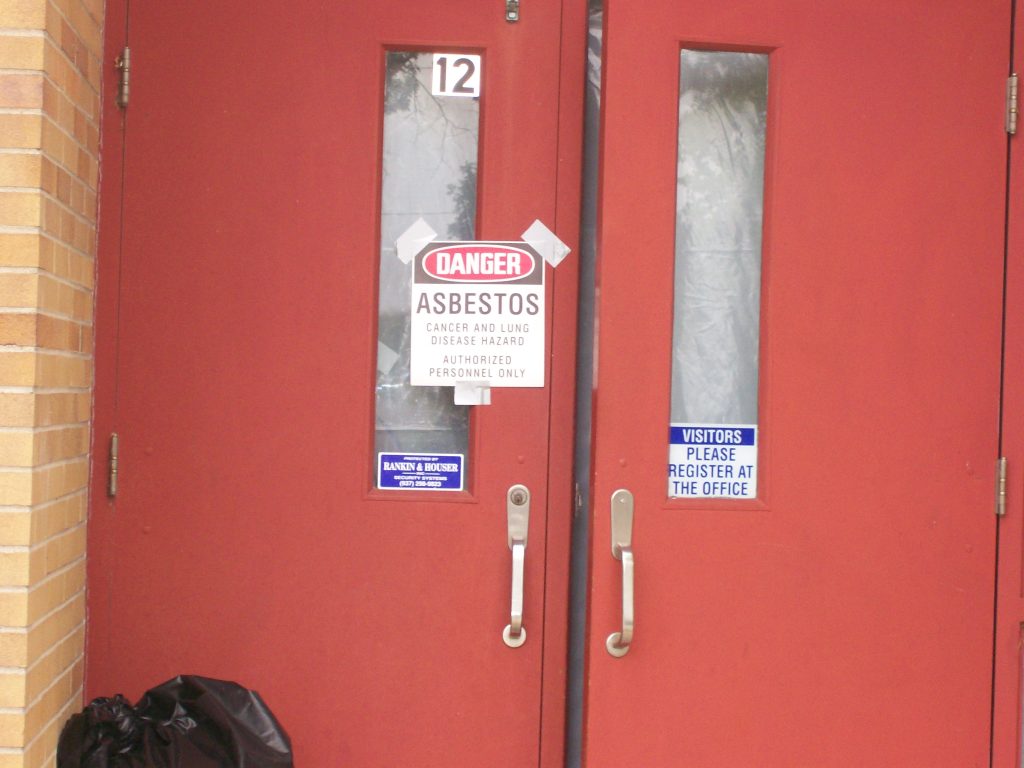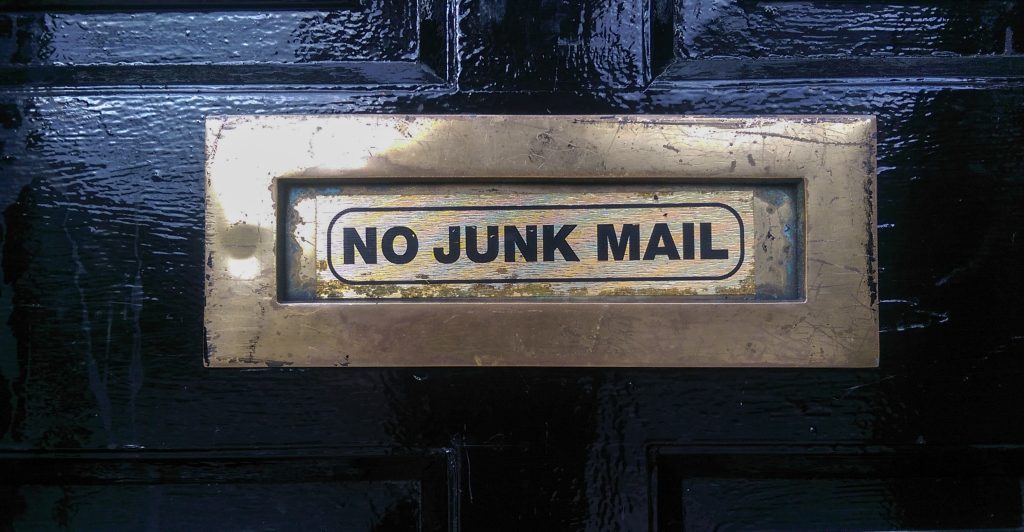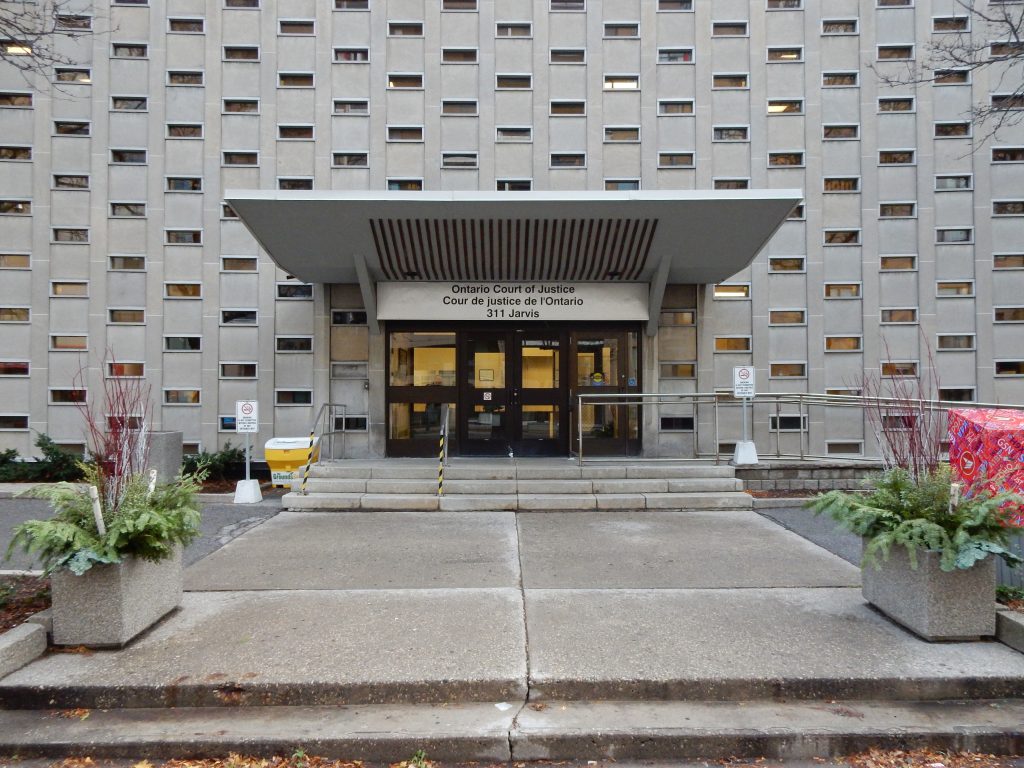 We all like to think we can rely on other people’s assertions that something is safe. But what happens when it turns out someone is making misrepresentations about safety? Can they be held liable for resulting injuries? The following lawsuit out of St. Landry parish helps answer that question.
We all like to think we can rely on other people’s assertions that something is safe. But what happens when it turns out someone is making misrepresentations about safety? Can they be held liable for resulting injuries? The following lawsuit out of St. Landry parish helps answer that question.
Ryan Stroder worked as a trucker driver for MyVac, LLC. He was called to one of Hilcorp Energy’s land-based oil rigs to transport drilling mud for disposal. Hilcorp Energy ordered him to bring an open-ended dump truck to transport the mud.
Stroder thought the mud was too fluid to be hauled in the open-ended dump truck when he arrived. He offered to return and get another truck that would be more appropriate for hauling the mud. When he raised these concerns, he was assured by Monty Lanthier, who worked for Thomas Stevens as an independently contracted “company man,” and Freddie Grimaldo, a solids control operator employed by Gulf Coast, that it would be safe to proceed with transporting the mud with his open-ended dump truck. Those assurances proved incorrect because shortly thereafter, while driving a few miles away from the rig, the load shifted and caused the truck to overturn, injuring Stroder.
 Louisiana Personal Injury Lawyer Blog
Louisiana Personal Injury Lawyer Blog


 Unraveling the complexities of jurisdiction is essential when determining which court has the authority to hear a lawsuit. Whether a case is heard in state or federal court can have strategic implications, but the path to federal court is paved with complex legal requirements. In this article, we delve into the intricacies of jurisdiction and explore the factors determining whether your lawsuit can be heard in federal court.
Unraveling the complexities of jurisdiction is essential when determining which court has the authority to hear a lawsuit. Whether a case is heard in state or federal court can have strategic implications, but the path to federal court is paved with complex legal requirements. In this article, we delve into the intricacies of jurisdiction and explore the factors determining whether your lawsuit can be heard in federal court. We can all relate to the embarrassment of hitting “reply all” on an email only intended for a smaller audience. Although usually “replying all” just results in embarrassment that eventually subsides, sometimes it can lead to more severe actions, such as losing your job.
We can all relate to the embarrassment of hitting “reply all” on an email only intended for a smaller audience. Although usually “replying all” just results in embarrassment that eventually subsides, sometimes it can lead to more severe actions, such as losing your job.  One of a parent’s worst nightmares is something happening to their child. This case delves into the heart-wrenching incident of a young child being struck by a neighbor’s car, leading to a complex legal battle to determine responsibility for the resulting injuries. While the child eventually recovered, the accident’s aftermath unleashed a lawsuit that delved into conflicting accounts and legal statutes governing pedestrian conduct. By examining the trial and appellate court’s proceedings, we gain insights that help answer the question: How does a court determine liability in a child pedestrian accident?
One of a parent’s worst nightmares is something happening to their child. This case delves into the heart-wrenching incident of a young child being struck by a neighbor’s car, leading to a complex legal battle to determine responsibility for the resulting injuries. While the child eventually recovered, the accident’s aftermath unleashed a lawsuit that delved into conflicting accounts and legal statutes governing pedestrian conduct. By examining the trial and appellate court’s proceedings, we gain insights that help answer the question: How does a court determine liability in a child pedestrian accident? In personal injury cases, plaintiffs are often left vulnerable due to the accidents leading to their injuries. Hence, they require excellent attorneys who don’t exploit these vulnerabilities but instead zealously advocate on their behalf. For Claude Allen Newsome (“Newsome”), a November 2010 car accident in Bossier Parish, Louisiana, left him without sight, which was a direct result of macular degeneration caused by the accident. After that, Newsome was deemed legally blind and rendered a person with quadriplegia. Newsome appointed Robert Lansdale (“Lansdale”) as his power of attorney. What unfolded while seeking damages on behalf of Newsome demonstrates the necessity to lodge objections on the record and timely appeal matters.
In personal injury cases, plaintiffs are often left vulnerable due to the accidents leading to their injuries. Hence, they require excellent attorneys who don’t exploit these vulnerabilities but instead zealously advocate on their behalf. For Claude Allen Newsome (“Newsome”), a November 2010 car accident in Bossier Parish, Louisiana, left him without sight, which was a direct result of macular degeneration caused by the accident. After that, Newsome was deemed legally blind and rendered a person with quadriplegia. Newsome appointed Robert Lansdale (“Lansdale”) as his power of attorney. What unfolded while seeking damages on behalf of Newsome demonstrates the necessity to lodge objections on the record and timely appeal matters. For purposes of seeking an appeal, there is great importance in preserving the record, which may be done through admitting evidence at trial to support relevant claims. When the record has not been established at trial, it is difficult for the best attorneys to succeed on appeal. William Taylor (Mr. Taylor), the plaintiff in his case brought against Hanson North America (Hanson), ran into this evidentiary legal hurdle when he appealed the Office of Workers’ Compensation (OWC) decision denying his motion to Louisiana’s First Circuit Court of Appeal.
For purposes of seeking an appeal, there is great importance in preserving the record, which may be done through admitting evidence at trial to support relevant claims. When the record has not been established at trial, it is difficult for the best attorneys to succeed on appeal. William Taylor (Mr. Taylor), the plaintiff in his case brought against Hanson North America (Hanson), ran into this evidentiary legal hurdle when he appealed the Office of Workers’ Compensation (OWC) decision denying his motion to Louisiana’s First Circuit Court of Appeal. Following an automobile accident, you will likely deal with insurance companies unwilling to pay what you believe you are owed. Insurance companies may rely on a multitude of evidence to support their decisions, including witness testimony. The following East Baton Rouge lawsuit demonstrates the weight courts may place on witness testimony following a car accident.
Following an automobile accident, you will likely deal with insurance companies unwilling to pay what you believe you are owed. Insurance companies may rely on a multitude of evidence to support their decisions, including witness testimony. The following East Baton Rouge lawsuit demonstrates the weight courts may place on witness testimony following a car accident.  When a married couple welcomes a new child, the father is presumed to be the legal father. In many cases, the legal father is also the biological father. Unfortunately, there are cases when biological and legal fathers exist separately. What legal rights and remedies does a biological father have to this child? The timing of legal action is critical to answering the question.
When a married couple welcomes a new child, the father is presumed to be the legal father. In many cases, the legal father is also the biological father. Unfortunately, there are cases when biological and legal fathers exist separately. What legal rights and remedies does a biological father have to this child? The timing of legal action is critical to answering the question.  What happens when a cow crosses a road? Although that might sound like the start of a joke, that is the situation Zaine Kasem found herself in after being run over by a cow that escaped from a herd owned by Joyce B. Williams and H.R. Williams Cattle Company (“HRW”).
What happens when a cow crosses a road? Although that might sound like the start of a joke, that is the situation Zaine Kasem found herself in after being run over by a cow that escaped from a herd owned by Joyce B. Williams and H.R. Williams Cattle Company (“HRW”).  When you are preparing for a lawsuit, it is crucial to understand what evidence you will be allowed to present in support of your claim. On the flip side, if there is evidence you do not think the other party should be able to present, you can file a motion to try to exclude that evidence. Rulings on evidence can have a major effect on a case because they limit what a jury gets to see or hear.
When you are preparing for a lawsuit, it is crucial to understand what evidence you will be allowed to present in support of your claim. On the flip side, if there is evidence you do not think the other party should be able to present, you can file a motion to try to exclude that evidence. Rulings on evidence can have a major effect on a case because they limit what a jury gets to see or hear.